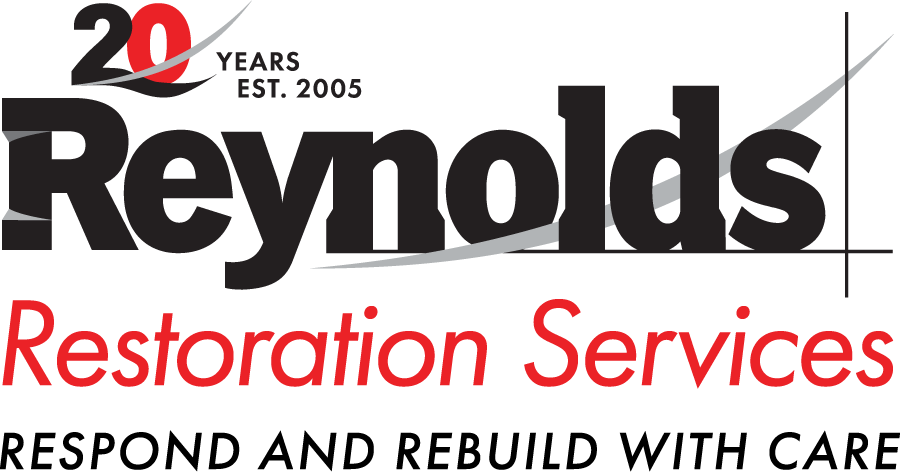
If mold goes unnoticed during a sale, it can end up being an expensive oversight. That’s why it’s crucial to check for mold before purchasing a home. Let’s take a look at the risks of buying a house with mold, why you should get a mold inspection before buying, and where to check for mold in a house.
Risks of Buying a House with Mold
Buying a house that has mold present can be a significant risk to your health and wallet. The following are some of the most detrimental consequences of purchasing a mold-infested home.
- Mold is toxic: Mold can be toxic and harmful to your health. When exposed to mold, it can cause nasal stuffiness, coughing, wheezing, throat irritation, and skin or eye irritation, among other symptoms. In some cases, it can cause more severe health issues, such as respiratory problems and infections.
- Mold can cause stains: Mold stains your home’s surfaces and can be challenging to remove. Mold can leave unsightly dark spots on walls and ceilings, making an otherwise beautiful home appear unattractive.
- Mold can damage your property: Mold can cause structural integrity issues if it goes untreated for an extended period. Mold can also rot and weaken the wood, leading to sagging floors, buckling walls, and other serious structural issues.
- Mold can be time-consuming and costly to remove: Removing mold can be a costly and time-consuming process, especially if it has spread throughout the home.
- Mold usually means there is another issue: The presence of mold usually means there is another underlying problem. Because mold thrives in damp and humid environments, there may be a leak or other moisture issue that has gone unnoticed.
- Mold can smell: Mold can produce an unpleasant, musty odor that can be difficult to eliminate entirely, even after the mold is removed. This can leave a lingering odor that affects the home’s air quality and can be irritating to sensitive individuals.
If you are in the process of buying or selling a home with mold, our in-house trained mold remediation technicians can identify places where mold is hiding, get rid of existing mold, and take steps to prevent more mold from developing in the future.
Why You Should Get a Mold Inspection Before Buying a House
Many homebuyers mistakenly believe home inspectors check for mold. The truth is home inspections are not typically included in a traditional home inspection during the sale of a house. While a home inspection aims to identify any potential issues that may exist within a property, such as structural problems, plumbing issues, or electrical hazards, it does not typically involve specific mold inspections.
Mold can often be hidden from view, and requires special testing and equipment in order to identify its presence. Additionally, mold can develop in areas such as behind walls or under carpets, which may not be readily accessible during a routine home inspection.
If you have concerns regarding the potential presence of mold within a property, seek out the services of a professional mold inspector who can perform the necessary testing and provide a detailed analysis of any findings. A comprehensive mold inspection can also give you peace of mind, knowing that you’re making an informed decision about a major investment.
Where to Check for Mold in a House
During a mold inspection, mold inspectors will check several areas of the house, including the bathrooms, kitchen, basement, and attic. However, there are some areas you can check yourself before you even hire an inspector.
Look for signs of water damage, such as discoloration on walls or ceilings. Pay attention to musty odors or areas that feel consistently damp. Check pipes and other plumbing fixtures for leaks. It’s also a good idea to look for any visible signs of mold, such as black spots or fuzzy growths.
The most common problem areas for mold include:
- Inside crawlspace and walls
- In and around sinks, showers, and plumbing fixtures and lines
- Underneath floorboards and carpeting
- Inside air vents
- Furnaces
- Attics and basements
- Chimneys
- Windowsills
Mold Remediation from Reynolds Restoration Services
Buying a home is an exciting but time-consuming process, and it can be easy to overlook important considerations in the rush to close on a property. However, mold is an issue that should never be ignored. When you purchase a home with mold, you’re assuming responsibility for potential health problems and costly repairs. That’s why it’s critical to get a mold inspection before buying a house. By knowing where to check for mold and investing in a thorough inspection, you can make an informed decision about the health and safety of your future home.
If you discovered mold in your dream home, contact us to handle the mold removal and remediation process. Mold removal is complicated and if not done correctly, can cause health problems and even make the mold issue worse. Our team has the training and equipment to get the job done right the first time. With three offices in the Mid-Atlantic region, our team can be on-site quickly to help assess and remove mold. Contact us at 1-888-277.8280 for immediate assistance.

President of Reynolds Restoration Services. Over 20 years of experience in the emergency restoration industry.

